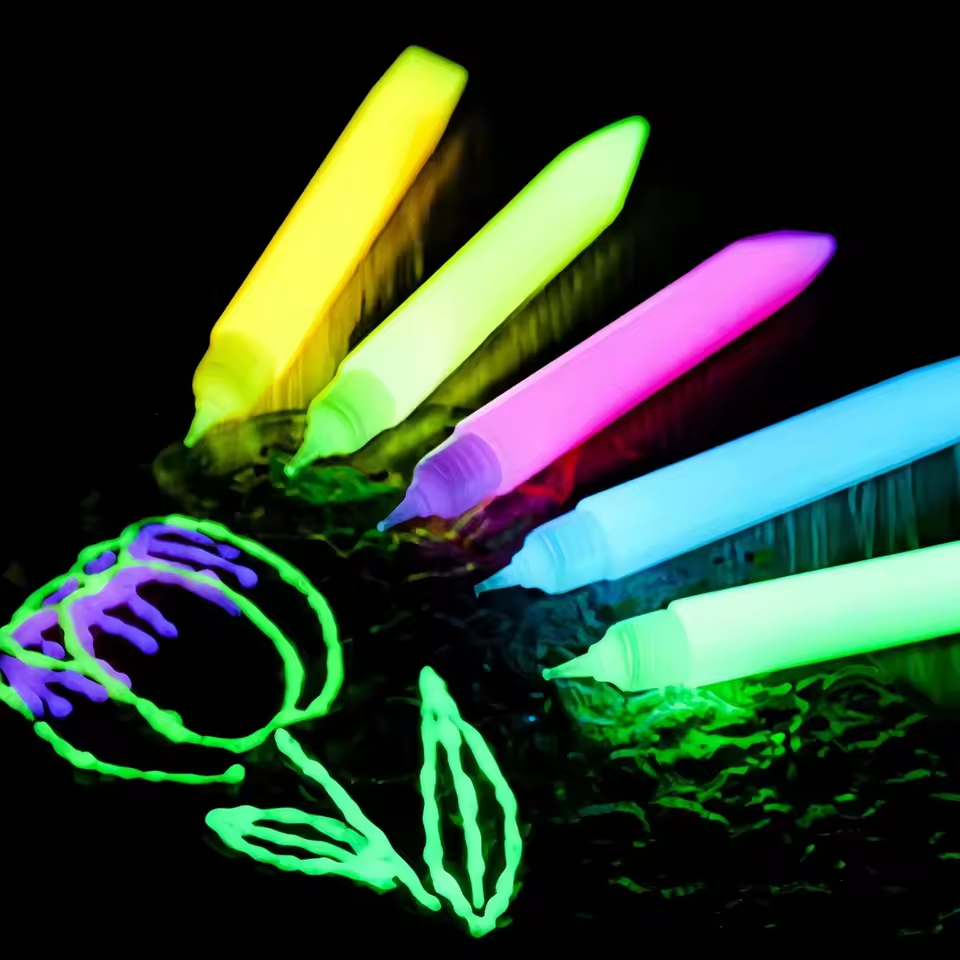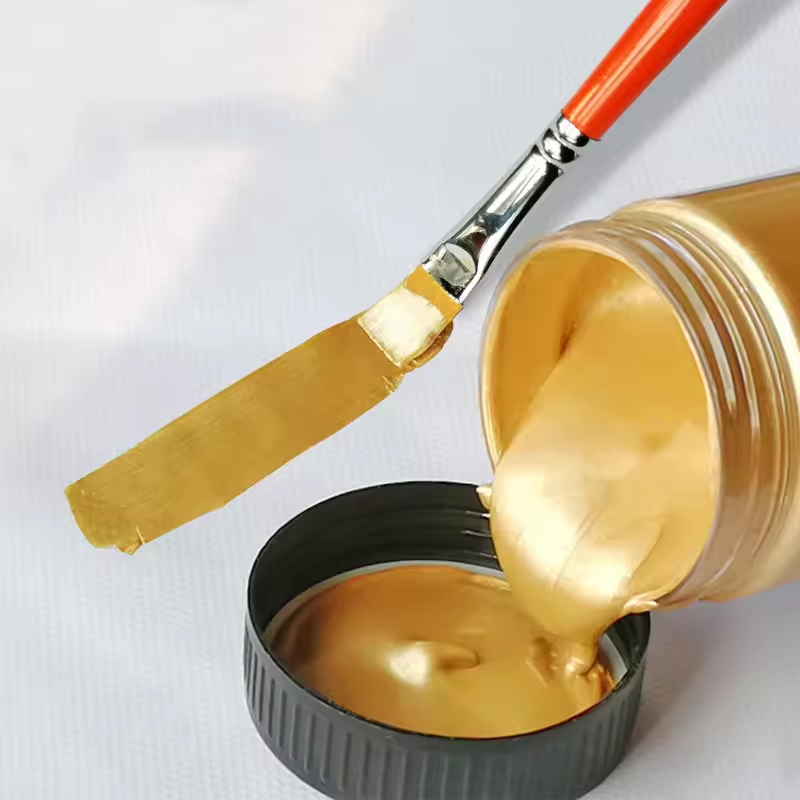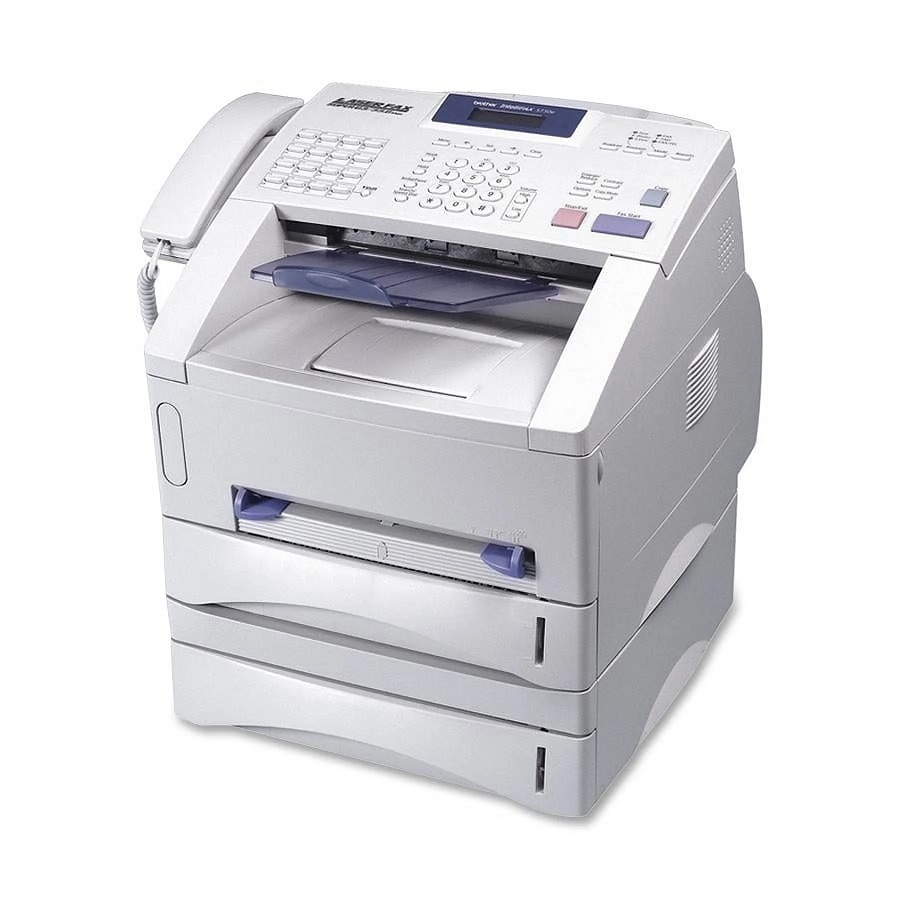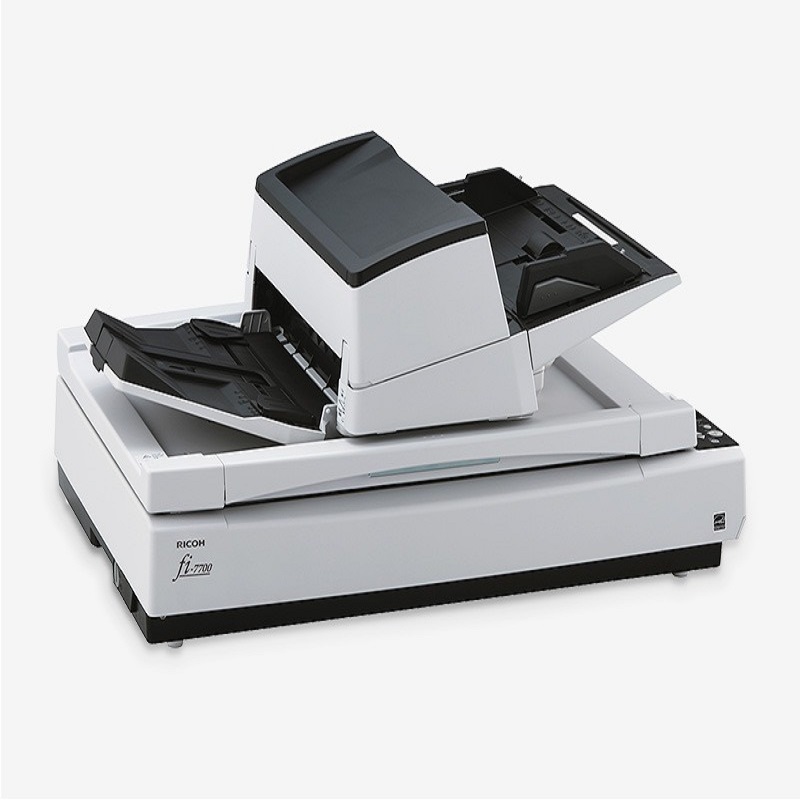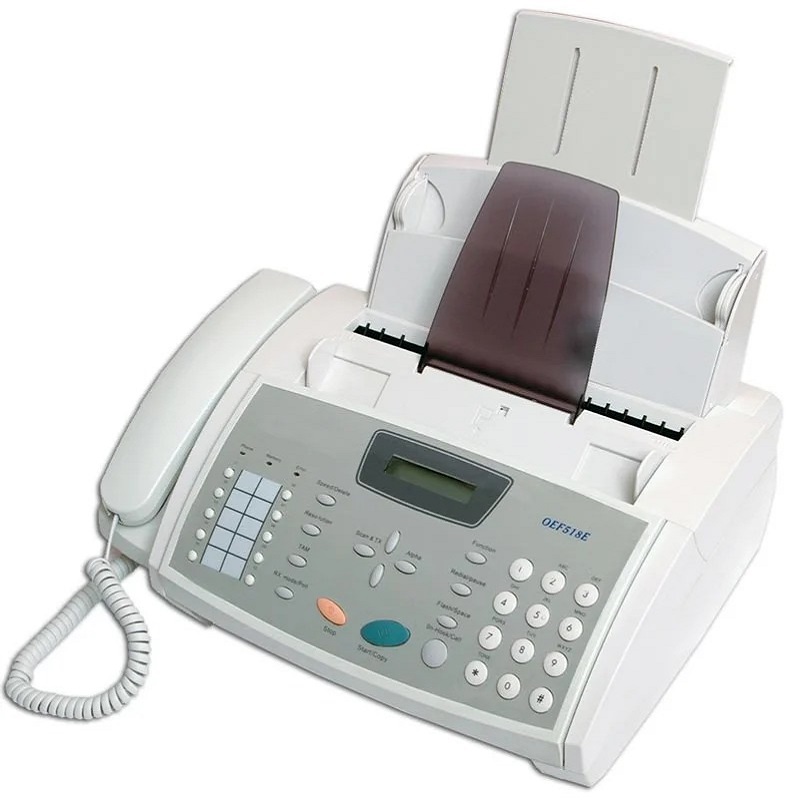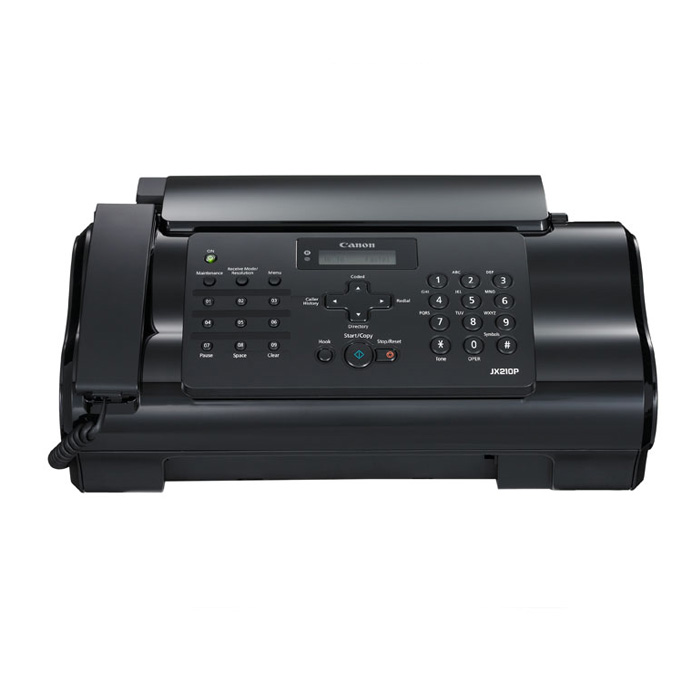Mastering the Art of Palette Holding: A Painter’s Guide
Holding a paint palette correctly enhances artistic performance. It improves comfort during long painting sessions. Proper technique prevents fatigue and improves color mixing. Artists of all levels benefit from mastering this fundamental skill. How to hold a paint palette?This guide explores the best methods for holding a paint palette.
Understanding the Importance of Palette Positioning
Palette position affects painting efficiency and comfort. A well-held palette allows easy access to colors. It reduces arm strain during extended use. Proper positioning enhances control over color mixing. It also minimizes accidental spills and messes. Artists who master palette holding improve their overall painting experience.
Different painting styles require varied palette positions. Oil painters often prefer a firmer grip. Watercolorists may opt for a lighter touch. Acrylic artists might switch between techniques. Understanding these differences helps artists choose the best method for their needs.
Ergonomics play a crucial role in palette holding. The right position reduces the risk of repetitive strain injuries. It allows for better posture during painting sessions. Comfortable artists can focus more on their creative process. They produce better work with less physical stress.
Types of Paint Palettes and Their Ideal Holding Techniques
Wooden palettes require a specific holding technique.How to hold a paint palette? The thumb supports the palette through the thumb hole. Fingers wrap around the edge for stability. This classic method works well for oil and acrylic painting. It offers a secure grip and easy maneuverability.
Plastic palettes often feature a different design. Some have built-in hand grips or ergonomic shapes. These palettes may require a modified holding technique. Artists should experiment to find the most comfortable position. Lightweight plastic palettes suit various painting styles.
Glass palettes demand extra care in handling. Their weight and fragility necessitate a firm grip. Many artists prefer to lay glass palettes flat on a table. This approach works well for detailed color mixing. It reduces the risk of dropping and breaking the palette.
Disposable paper palettes offer a unique holding challenge. Their lightweight nature requires a gentler touch. Artists often hold these palettes with fingertips rather than a full grip. Some prefer to tape paper palettes to a rigid surface for stability.
The Traditional Thumb-Through Method
The thumb-through method remains popular among artists. It involves inserting the thumb through the palette’s hole. The palette rests on the forearm for support. This technique distributes weight evenly across the arm. It allows for hours of comfortable painting.
To master this method, practice the following steps. First, locate the thumb hole on the palette. Insert the thumb fully through the hole. Rest the palette on the forearm, balancing its weight. Curl the fingers around the palette’s edge for added stability. Adjust the angle to suit the painting style and canvas position.
Benefits of the thumb-through method include stability and control. It frees up the other hand for painting and mixing. This technique works well for both standing and sitting positions. It adapts easily to various painting styles and mediums.
Some artists modify the thumb-through method for comfort. They may add a cloth or pad under the palette for cushioning. Others adjust the palette angle to reduce wrist strain. Experimenting with slight variations can improve individual comfort.
Alternative Holding Techniques for Different Painting Styles
Watercolor artists often prefer a lighter holding technique. Many use a flat palette held in the non-dominant hand. This allows for quick color mixing and wash creation. The palette may rest partially on a table for added support. This technique suits the fluid nature of watercolor painting.
Some artists adopt an underhand grip for their palettes. This involves cradling the palette from below with the non-dominant hand. It works well for artists who frequently switch between palette and canvas. The underhand grip allows for quick palette repositioning during painting.
Palette-free techniques exist for some painting styles. Finger painting and direct tube application eliminate the need for a traditional palette. Body painters may use their own skin or a model’s body as a palette. These alternative approaches require different hand positions and techniques.
Digital artists use electronic tablets as modern palettes. Holding techniques for these devices differ from traditional palettes. Many artists use tablet stands or prop them against surfaces. This allows for comfortable stylus use and color selection. Digital palettes offer unique advantages in weight and customization.
Adapting Palette Holding for Physical Limitations
Artists with physical limitations can modify palette holding techniques. Lightweight palettes or table-mounted options reduce strain. Some artists use adaptive tools to secure palettes to wheelchairs or easels. These modifications allow artists to continue their practice despite challenges.
Arthritis sufferers may benefit from ergonomic palette designs. Padded edges and contoured shapes reduce joint stress. Some artists use wrist supports or braces while holding palettes. Others opt for table-top palettes to eliminate the need for constant holding.
One-handed artists develop unique palette holding methods. They may secure the palette to a stable surface. Some use mouth-held brushes, freeing their hand for palette management. Adaptive tools and technologies continue to evolve, supporting artists with various needs.
Vision-impaired artists might use palettes with raised edges or tactile markers. This helps in locating colors by touch. Some prefer palettes with high contrast between color areas. Proper lighting and magnification tools also aid in palette use for these artists.
Maintaining Comfort During Long Painting Sessions
Regular breaks prevent fatigue during extended palette use. Artists should rest their hands and arms periodically. Stretching exercises for the fingers, wrists, and arms prove beneficial. These practices reduce the risk of repetitive strain injuries.
Proper posture complements good palette holding technique. Artists should sit or stand with a straight back. The easel or work surface should be at a comfortable height. Correct positioning minimizes strain on the neck, shoulders, and back.
Switching hands occasionally can prevent overuse of one arm. Some artists train themselves to be ambidextrous with palette holding. This skill allows for longer painting sessions with reduced fatigue. It also adds versatility to the artistic process.
Lightweight palettes reduce arm strain during long sessions. Some artists use multiple small palettes instead of one large one. This allows for rotation and rest between palette switches. It also enables organization of colors for complex projects.
Innovative Palette Designs and Future Trends
Modern palette designs incorporate ergonomic features. Thumb rests, contoured edges, and balanced weight distribution improve comfort. Some palettes feature adjustable angles for personalized positioning. These innovations enhance the painting experience for many artists.
Wearable palettes represent a growing trend in art supplies. Arm-mounted palettes free up both hands for painting. Palette rings allow for color mixing directly on the fingers. These designs suit plein air painters and artists who prefer standing.
Smart palettes with digital color mixing capabilities emerge in the market. These combine traditional palette functions with technology. They offer color matching, mixing recipes, and digital-to-physical color translation. While not replacing traditional palettes, they provide new options for artists.
Eco-friendly palette materials gain popularity among environmentally conscious artists. Biodegradable plastics and sustainable woods offer alternatives to traditional materials. Some artists create custom palettes from recycled materials. This trend aligns with broader movements towards sustainable art practices.
Conclusion
Mastering palette holding techniques enhances the artistic journey. It combines comfort, efficiency, and personal style. Artists should experiment with various methods to find their ideal approach. Regular practice improves muscle memory and reduces strain. Proper palette handling becomes second nature with time.
The choice of palette and holding technique influences artistic output. It affects color mixing, brush control, and overall comfort. Artists should consider their specific needs when selecting a palette. Factors include painting medium, style, and physical considerations.
As art materials evolve, so do palette designs and holding methods. Artists benefit from staying informed about new products and techniques. Adapting to innovations can improve comfort and creativity. However, traditional methods remain effective for many.
Palette holding, while often overlooked, plays a crucial role in artistic success. It merits attention and practice like any other artistic skill. With proper technique, artists can focus more on their creative vision. They worry less about physical discomfort or technical limitations.
The art world continues to evolve, embracing new technologies and methods. Yet, the humble palette remains a constant companion to painters. As artists develop their craft, they often personalize their palette holding technique. This individualization reflects their unique approach to painting. It becomes part of their artistic signature, as distinctive as their brushwork or color choices. Mastering palette holding is not just about comfort or efficiency. It’s about finding one’s own voice in the vast language of visual art.



